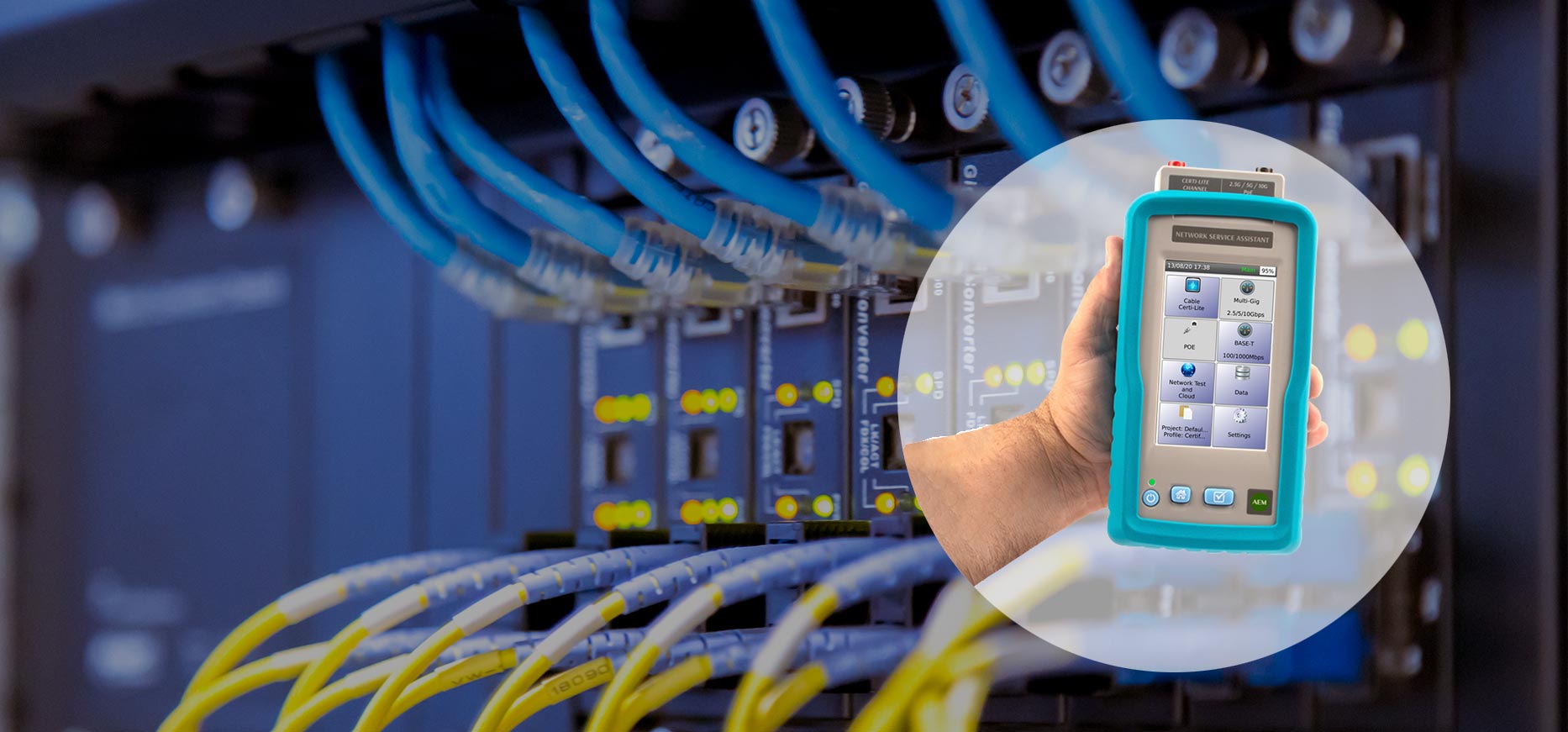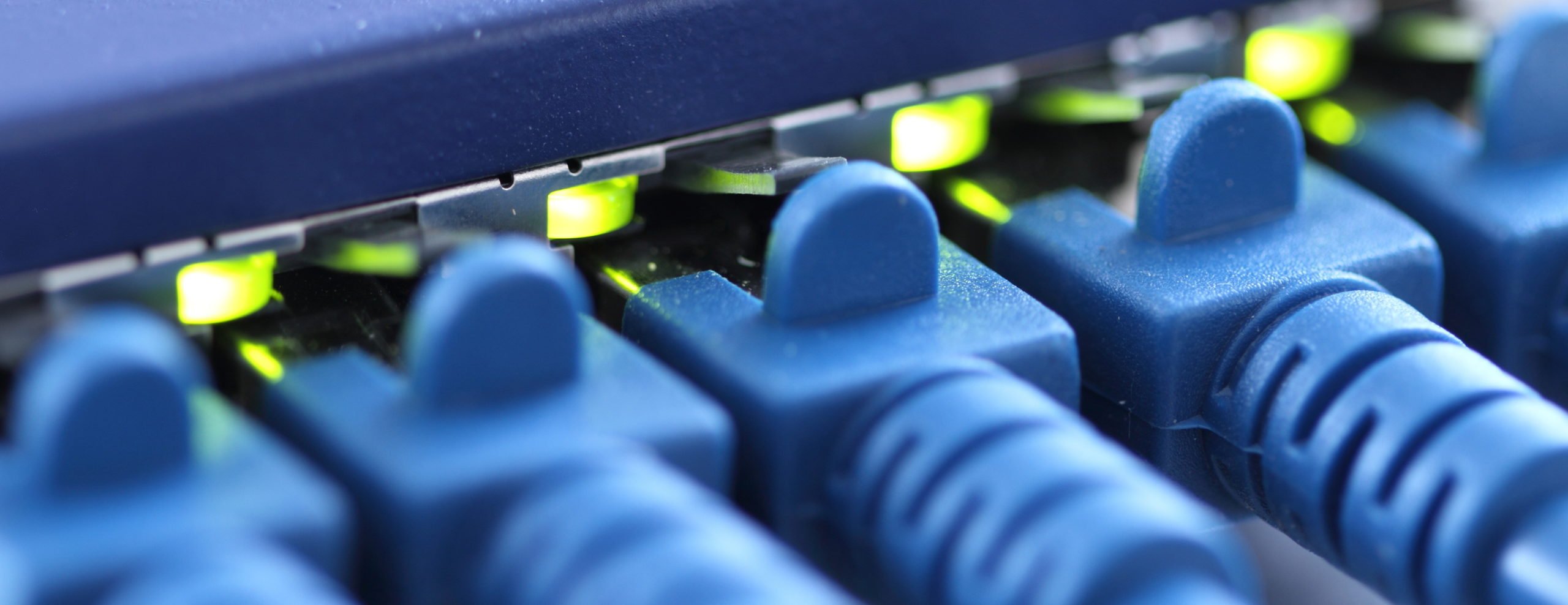Recertification with TestDataPro
Field testing of cabling is an important task in ensuring quality of networking infrastructure of a...

Unlock the secrets to reliable telecom infrastructure with advanced strategies for testing long reach cables, ensuring seamless connectivity over extended distances.
Testing long reach cables that exceed standard specified lengths, such as the 100m maximum specified by TIA 568-2, presents several challenges. These include increased insertion loss, higher DC resistance, and potential issues with return loss. As cable length increases, signal strength diminishes and the risk of data errors increases. Furthermore, interoperability issues may arise due to varying capabilities of network devices in handling reflections from longer distances.
Accurate testing of long reach cables requires advanced tools and equipment. Dual-ended cable certifiers like AEM’s TestPro-CV100 are designed to handle extended lengths, capable of testing cables up to 1,500m. These tools ensure that even non-standard installations can be thoroughly tested for compliance with manufacturer specifications, thereby obtaining necessary warranties and ensuring reliable performance.
Maintaining signal integrity over extended distances involves using cables with lower insertion loss and thicker wire gauges to reduce DC resistance. Ensuring proper installation techniques and adhering to manufacturer guidelines are crucial. Additionally, using network devices with advanced PHY chips capable of handling longer reflections can mitigate the risk of data errors and ensure seamless communication.
Common issues in long reach cable installations include signal degradation, high voltage drops, and interoperability problems. Troubleshooting involves checking for proper cable construction, ensuring compatibility of network devices, and verifying power supply margins for PoE applications. Utilizing advanced cable certifiers to test installations can identify and address potential issues early, ensuring long-term reliability.
The future of long distance cable testing technology is geared towards accommodating emerging requirements such as higher data rates and new standards like Single Pair Ethernet (SPE). Innovations in cable construction and advancements in testing equipment will enable more reliable and efficient testing over longer distances, supporting the growing demands of modern telecom infrastructure.
-2.png)
Field testing of cabling is an important task in ensuring quality of networking infrastructure of a...

Due to an increased reliance on network-connected technologies in the enterprise, IT departments...

Managing time on any cable install project can be a challenge. For large CAT6A installs, it can...
Leave a comment